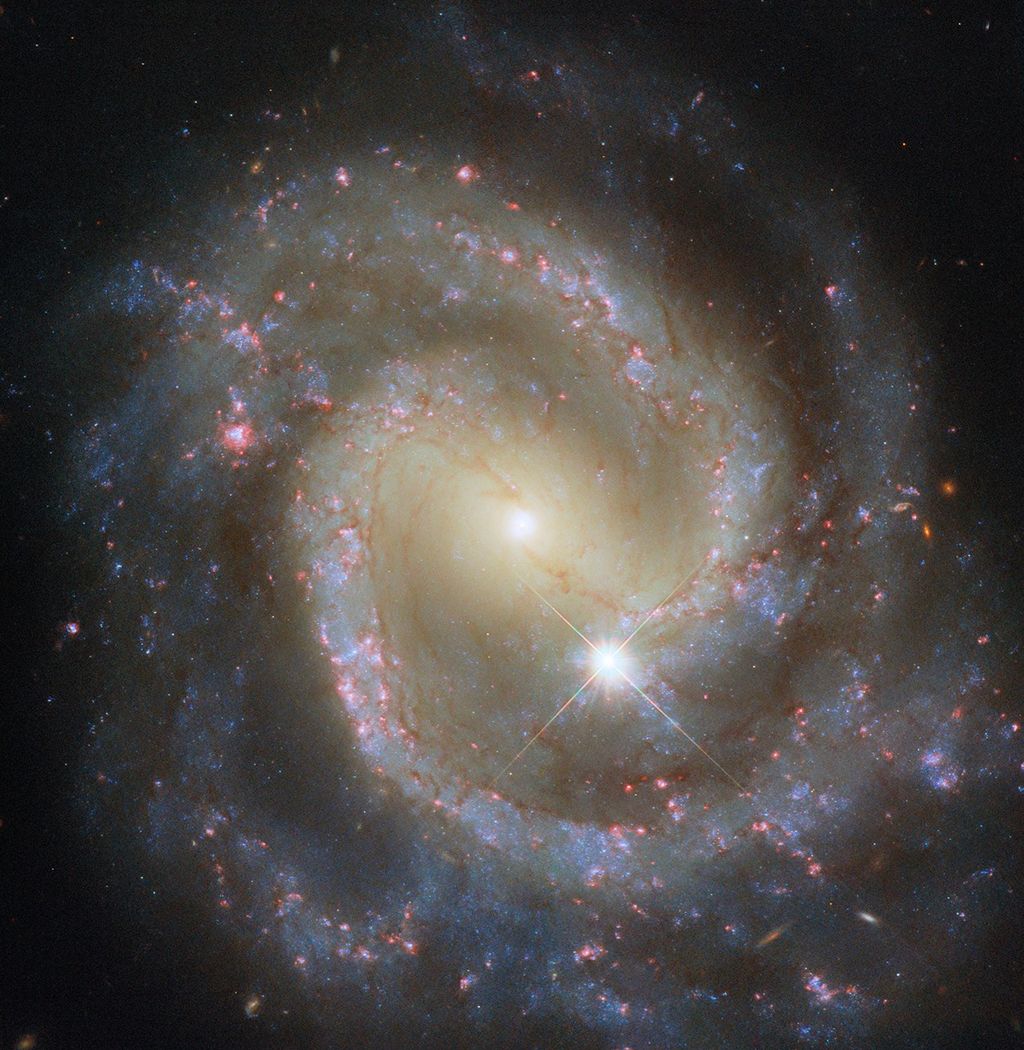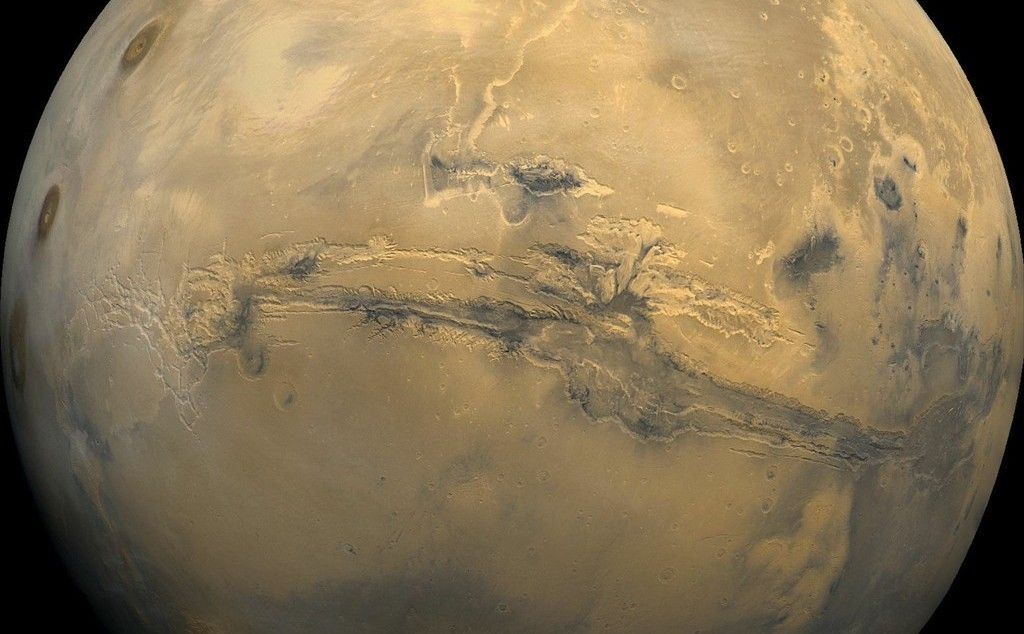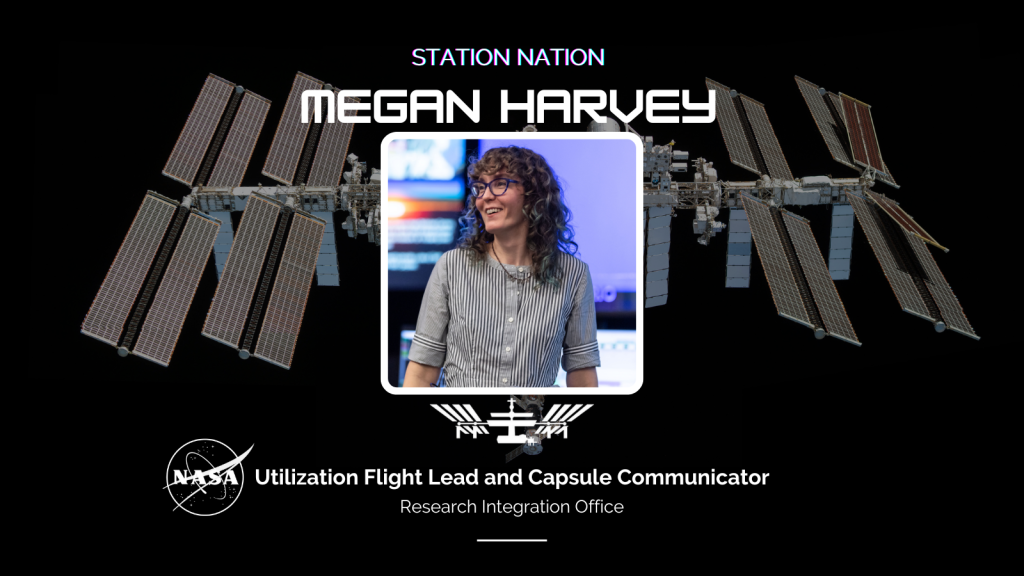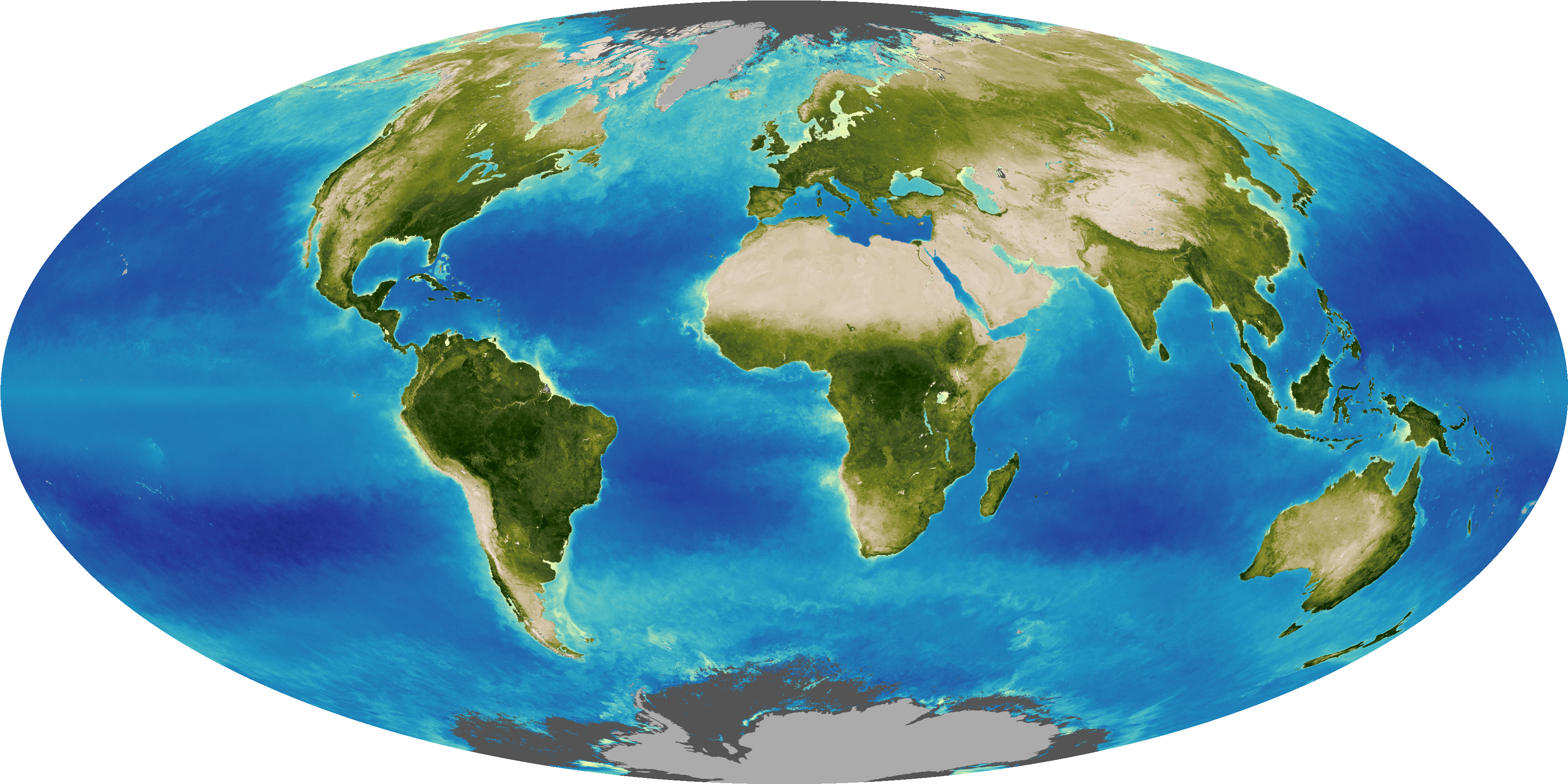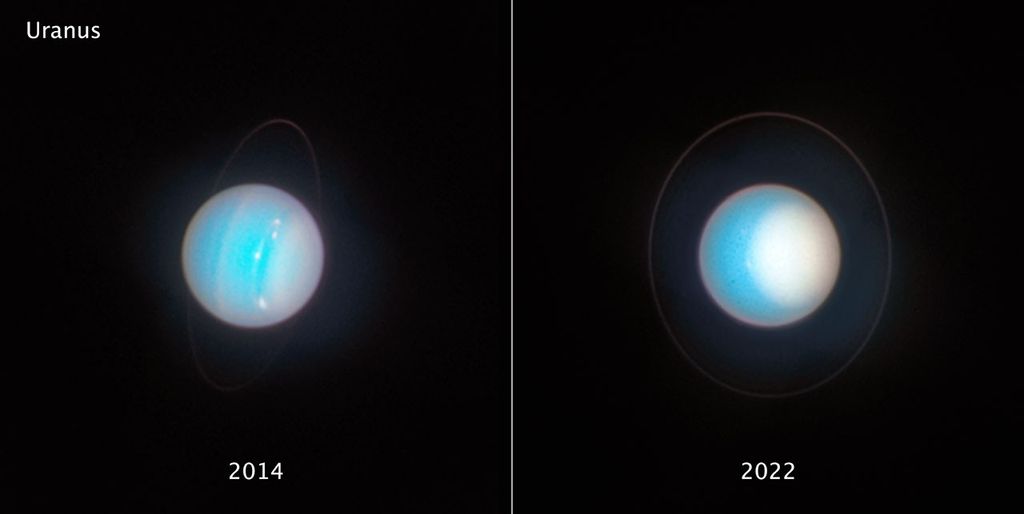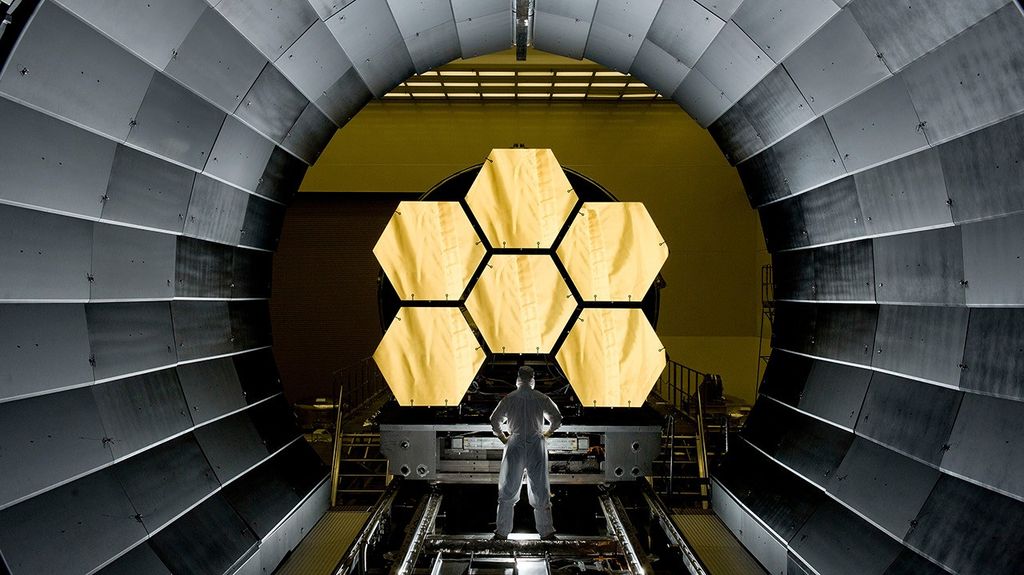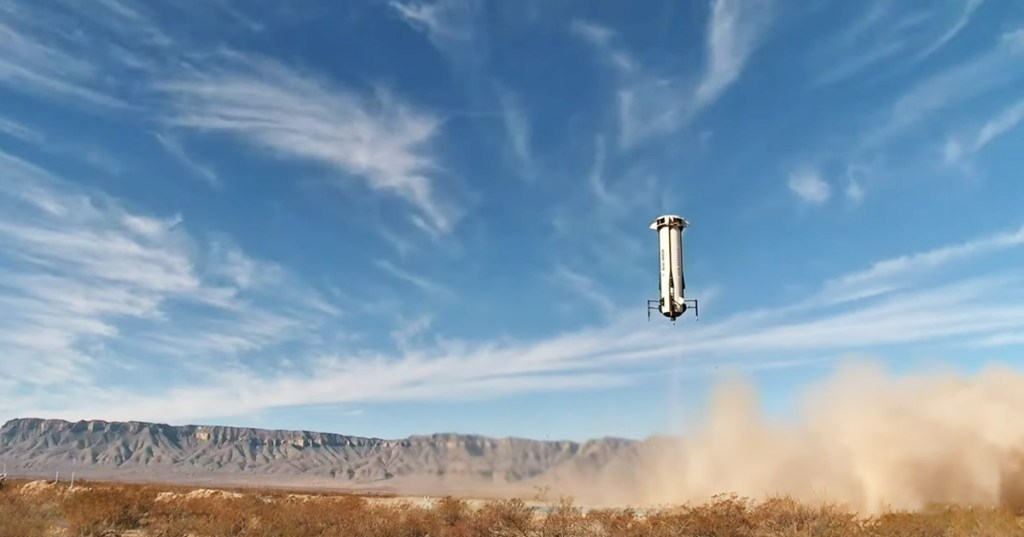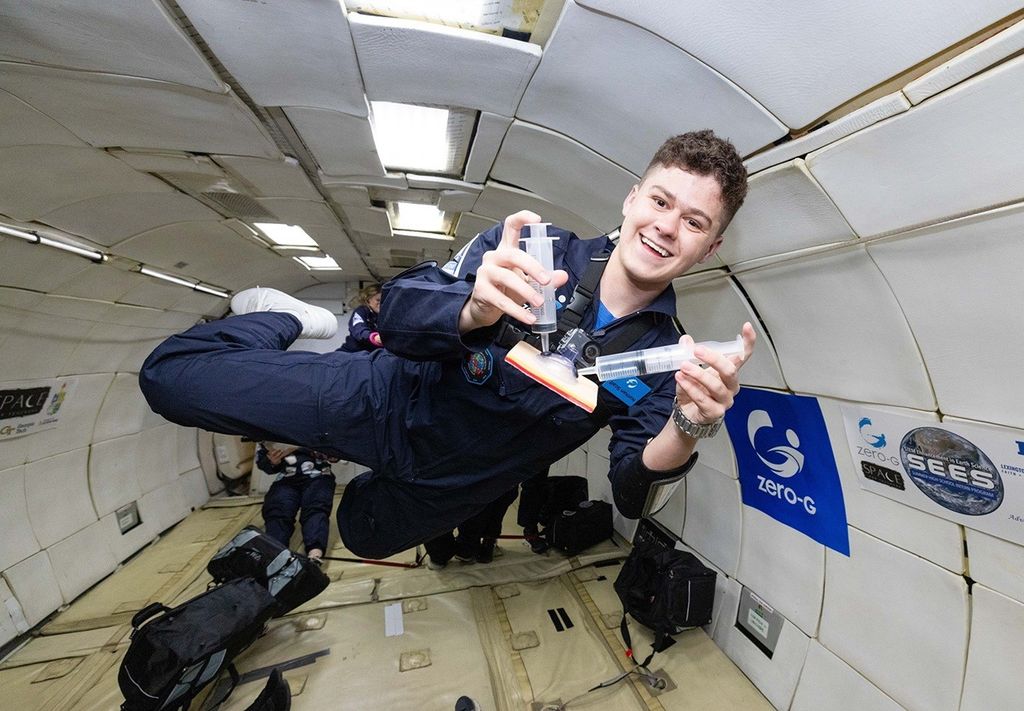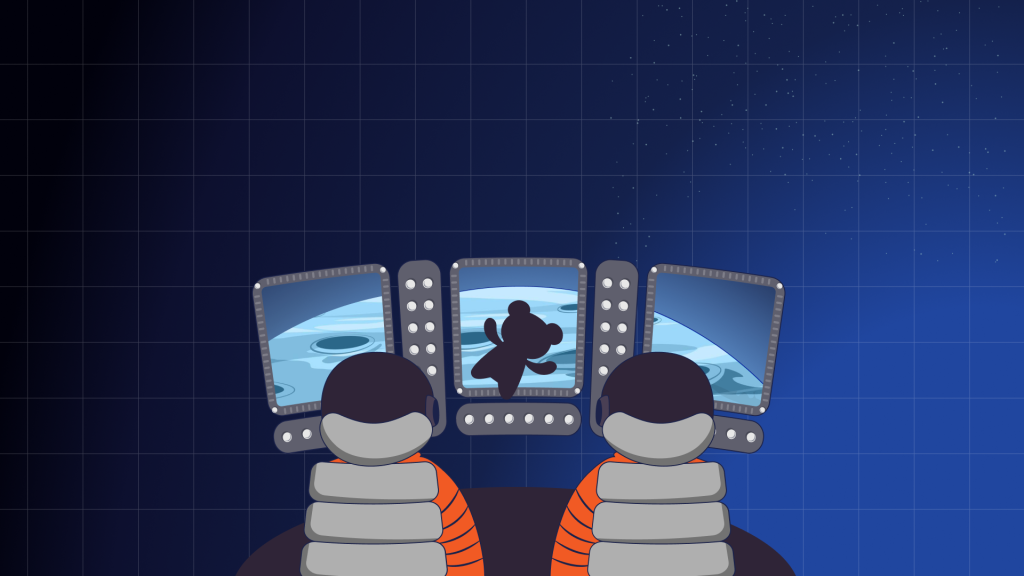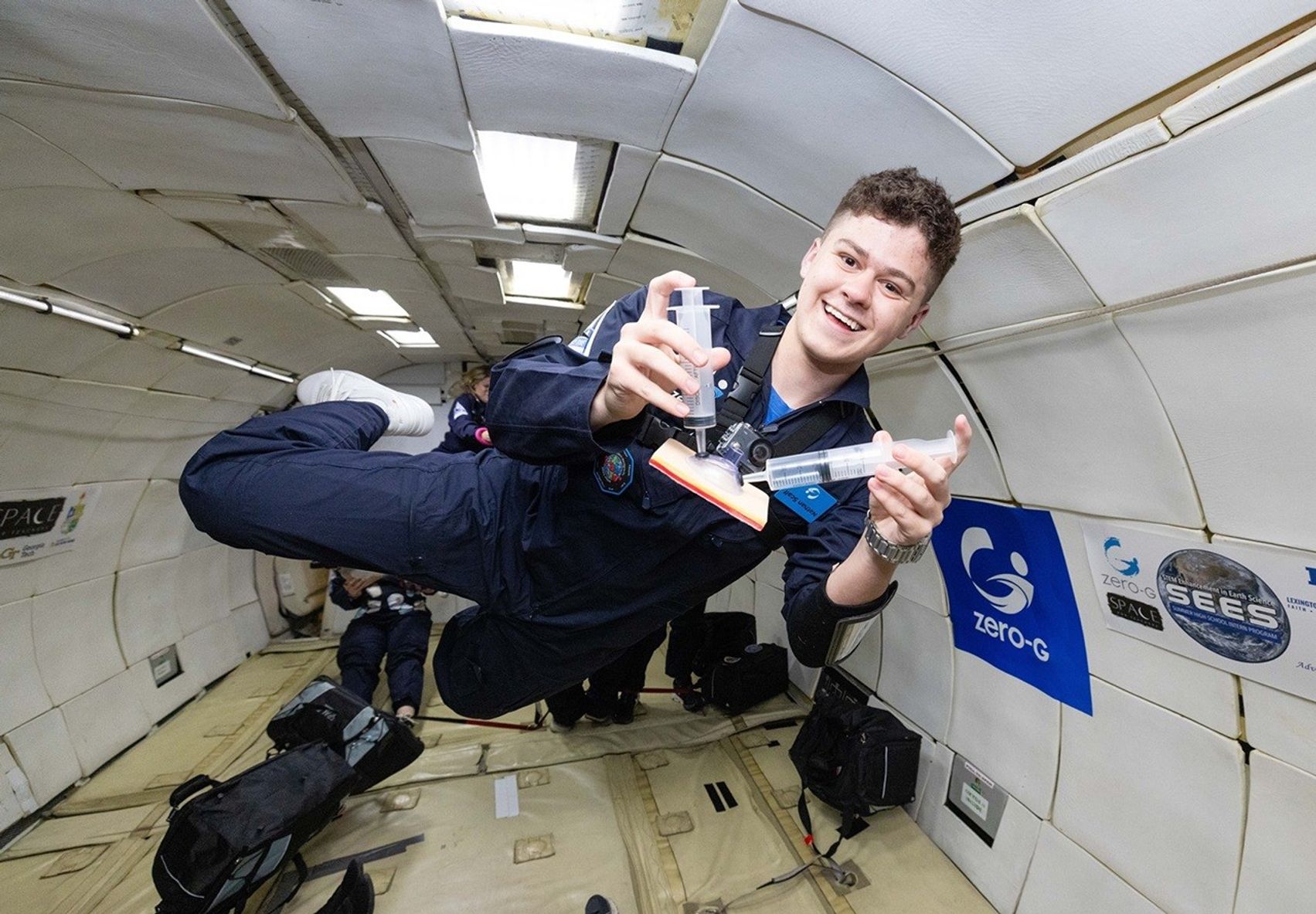Go outside on a clear night, look up, and consider the following. Standing on Earth’s surface, we are part of the universe’s perpetual symphony of heavenly bodies rotating on their axes and revolving around one another in an intricate rhythm. As far as we know, we’re the only ones “listening” and extolling these movements in songs and poems.
The July 27th night sky offers treats for sky watchers -- and listeners -- around the globe. On this night, in a tiny section of the universal orchestra, our Sun, our planet, our Moon, and Mars fall into a rare alignment. Mars will be at “opposition” – Mars and the Sun will be directly on opposite sides of the sky from our point of view. The Moon will also be opposite the Sun that night -- the Sun, Earth, and Moon will be perfectly aligned. So viewers on Earth’s night side will enjoy a total lunar eclipse along with a big, bright Mars. The Moon and Mars will be about 5 degrees apart in the constellation Capricornus.
“In the days surrounding opposition, Mars and Earth are closer to one another than at other time in their orbits,” explains NASA planetary scientist Sarah Noble. “Mars oppositions happen about every two years, but not all oppositions are the same. That’s because planetary orbits are elliptical, and the distance between the Sun and Mars varies during Mars’ orbit.”
During its 2003 opposition, Mars made its closest approach to Earth in 60,000 years, enthralling sky watchers worldwide. The 2018 opposition of Mars will be nearly as spectacular. The Red Planet will climb in the eastern sky at sunset, rising almost overhead at midnight, glowing burnt-orange and earning its nickname. In 19th century astronomer Percival Lowell’s words: "[Mars] blazes forth against the dark background of space with a splendor that outshines Sirius and rivals the giant Jupiter himself."
Viewers in Europe, Australia, Africa, and Asia – where it will be nighttime -- will also experience Earth’s shadow edging softly across the face of the full Moon.
During a lunar eclipse, Earth is between the Moon and Sun, preventing most of the Sun’s light from hitting the Moon. A total lunar eclipse occurs only when the Sun, Earth, and Moon are precisely aligned, in that order.
As Earth’s shadow begins to cover the lunar surface, the Moon fades into an eerie reddish hue, as red as the Red Planet. That’s because sunlight is scattered as it travels through Earth’s atmosphere, like at sunrise and sunset.
Noble says, “You can think of the reddish color as all of the sunrises and sunsets on Earth at that moment reflected off the surface of the Moon.”
For more movements of the universal symphony, visit science.nasa.gov.

